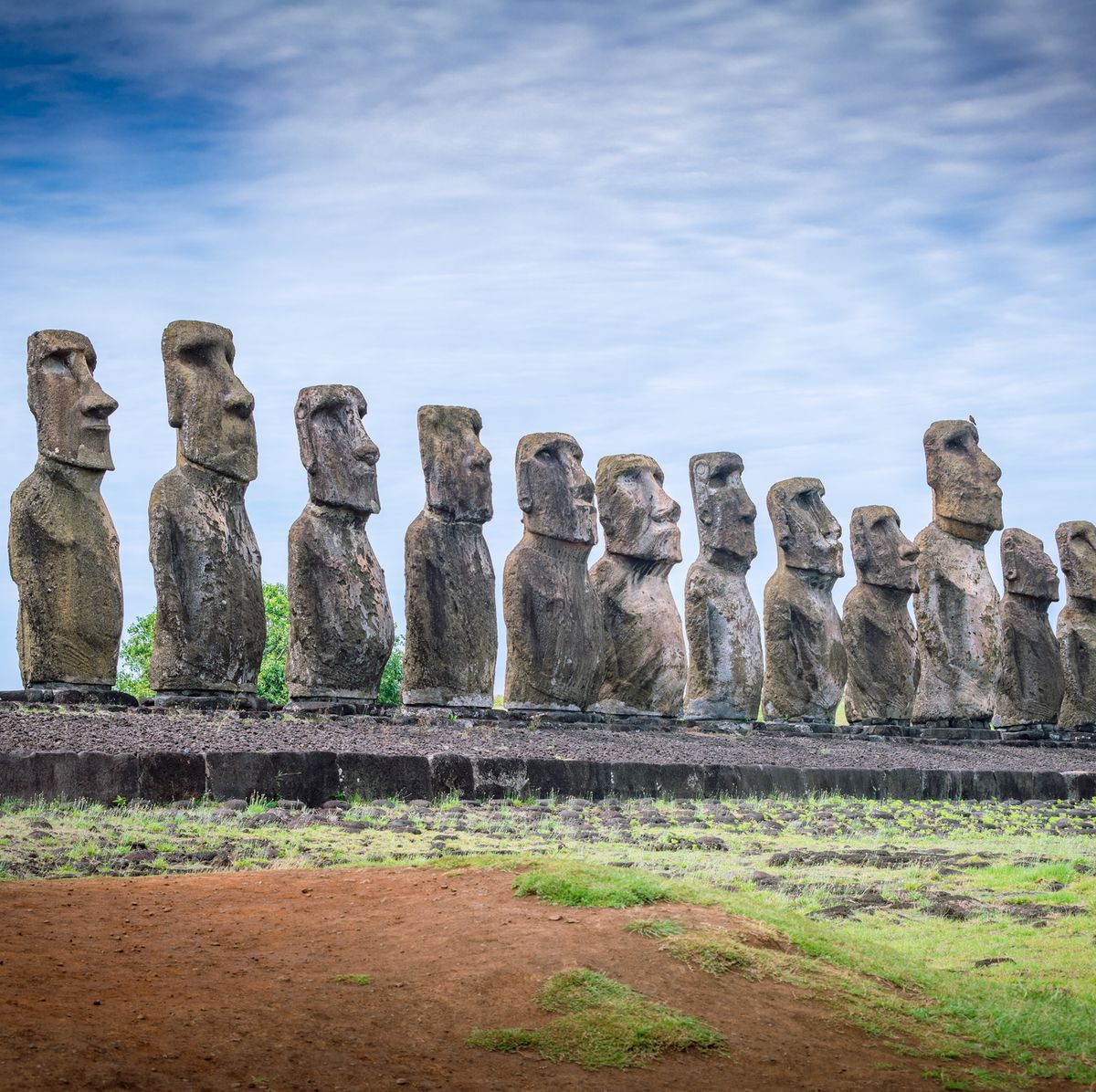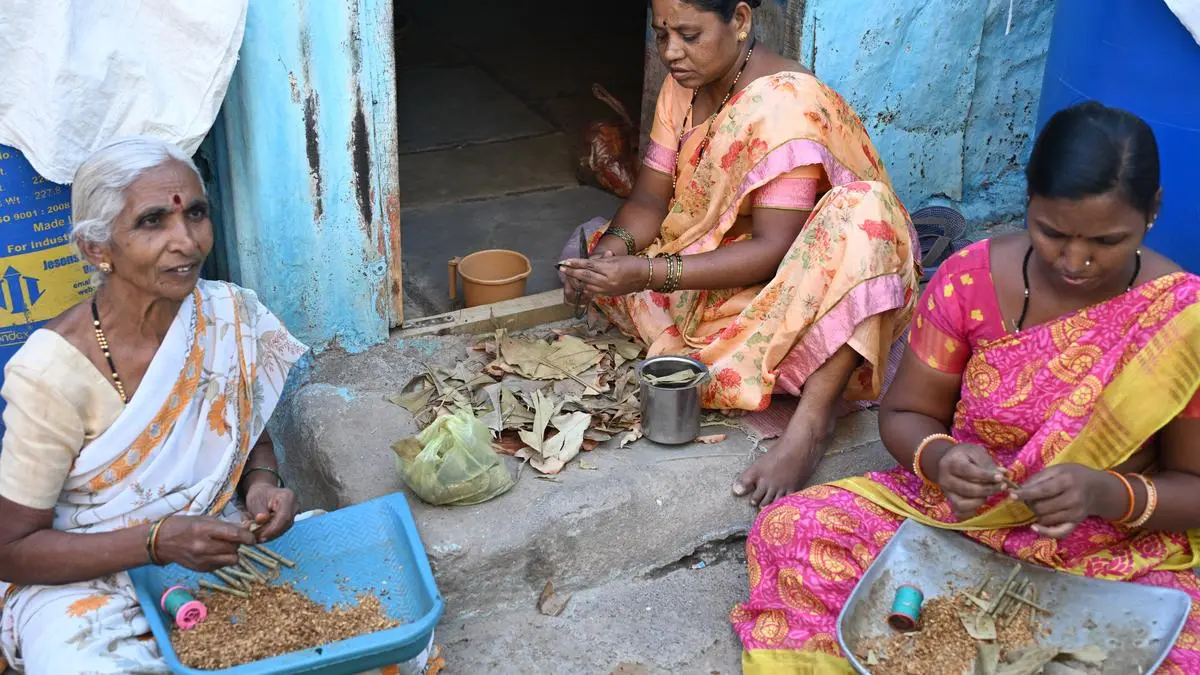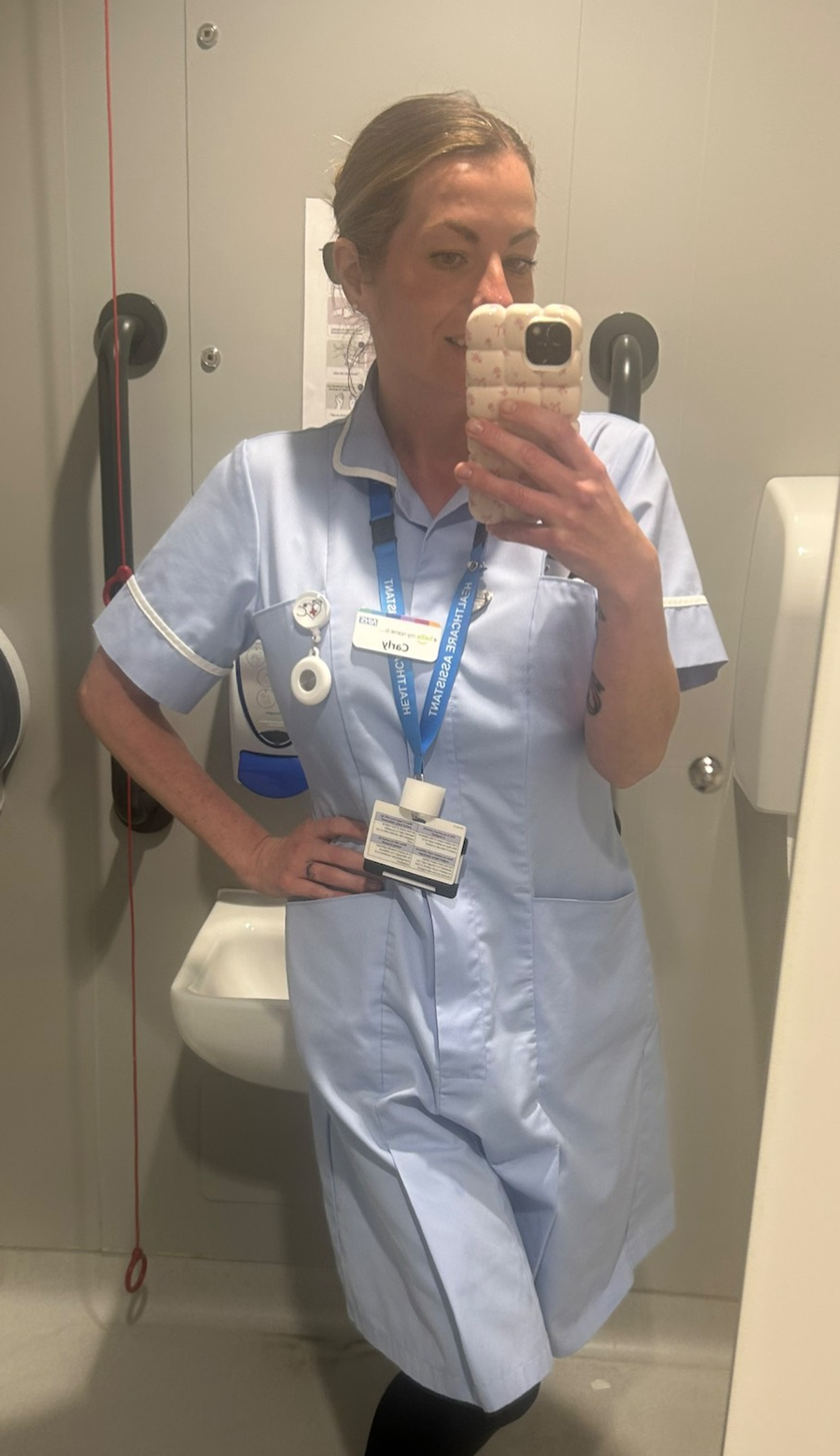By Darren Orf
Copyright popularmechanics

Here’s what you’ll learn when you read this story:Some of the world’s greatest breakthroughs are found in the most unlikely places, including the soil of Rapa Nui, also known as Easter Island. Following the discovery of a bacteria in the 1960s, it took three decades to isolate rapamycin—an immunosuppressant used in cancer treatments and organ transplantations.Although rapamycin eventually became a billion-dollar drug, many of the people instrumental to its discovery—most importantly, the people of Rapa Nui—have been largely forgotten in both a monetary and historical sense.The island of Rapa Nui—also known as Easter Island—is one of the most “middle of nowhere” places on the planet Earth. It lies 1,200 miles east of Pitcairn Island and 2,200 miles west of Chile (nearly the width of the contiguous U.S.), which officially administers the island. Because of this isolated nature, the history of the island is famously mysterious, and is openly debated to this day. The most well-known symbols of the island are the moai—monolithic carvings of human figures, some of which stand an impressive 33 feet high. However, Rapa Nui is also home to another famous export, this one medical in nature—an immunosuppressant drug called (fittingly) rapamycin. Originally derived from a molecule isolated from a soil sample on the island back in the 1960s, rapamycin inhibits a protein known as target of rapamycin kinase, or TOR. “This protein acts as a master regulator of cell growth and metabolism,” Ted Powers, a biologist from UC Davis, wrote in an article for The Conversation. “Together with other partner proteins, TOR controls how cells respond to nutrients, stress and environmental signals, thereby influencing major processes such as protein synthesis and immune function.”This makes rapamycin a critical tool for combatting organ transplant rejection and increasing the usefulness of medical interventions like stents. Powers also mentions that this molecule has now found its way into treatment for certain cancers, and could prove useful in areas like diabetes, neurodegenerative disease, and aging as well. Despite its origin being baked into its name, few know exactly how this isolated island in the Pacific provided the world with such a powerful, billion-dollar drug. But in Powers’ new Conversation piece, he attempts to bring to light the indigenous origins of rapamycin and its controversial past. “As a scientist who built my career around the effects of rapamycin on cells, I felt compelled to understand and share the human story underlying its origin,” Powers wrote.Who officially earns recognition for scientific discoveries is a complex subject, and sometimes those who are the most deserving can be unfortunately forgotten (or even purposefully neglected). Sadly, rapamycin’s origins come from an unfortunate example of scientific colonialism. When Medical Expedition to Easter Island (METEI), led by a Canadian research team, arrived on the shores of Easter Island in December 1964 with an honorable goal—to understand what could happen to the island’s health with the arrival of its first international airport. During this expedition, scientists retrieved 200 soil samples, one of which contained the Streptomyces bacterium that produces rapamycin. But though it was well-intentioned, the original study (according to Powers) contained many instances of inherent bias. One of the most notable was the perception that the island was relatively untouched by outside influence, despite strong historical evidence that shows the island had regular contact with the outside world as far back as the 1700s. Eventually, the microbiologist isolated rapamycin from the soil sample, and it made its way to market in the 1900s as the immunosuppressant Rapamune. Despite the name’s homage to the drug’s origins, the island of Rapa Nui (as well as the initial expedition that retrieved the sample) received no recognition, monetary or otherwise. “This raises questions about Indigenous rights and biopiracy, which is the commercialization of Indigenous knowledge,” Powers wrote in The Conversation. “The discovery of rapamycin on Rapa Nui set the foundation for all subsequent research and commercialization around the molecule, and this only happened because the people were the subjects of study.”The world is starting to wake up to this form of intellectual property theft. In June of 2024, members of the World Intellectual Property Organisation agreed to a treaty that would protect “traditional knowledge” from being patented by for-profit companies. With many areas of the natural world still unexplored, it’s only a matter of time before the Earth offers humanity another life-changing remedy. Hopefully when that happens, all of the rightful participants in its discovery will be fairly recognized and compensated.



